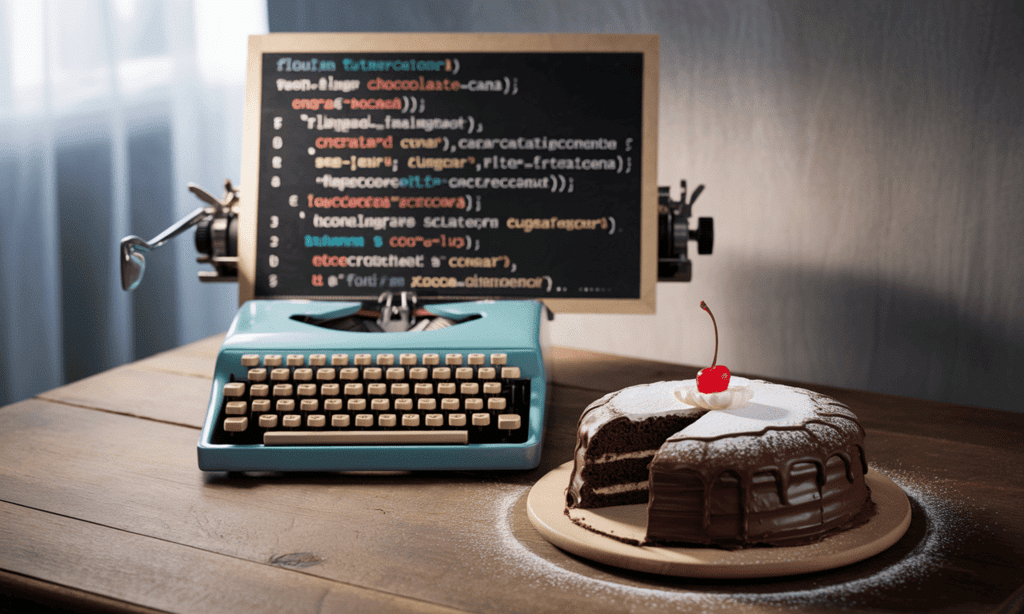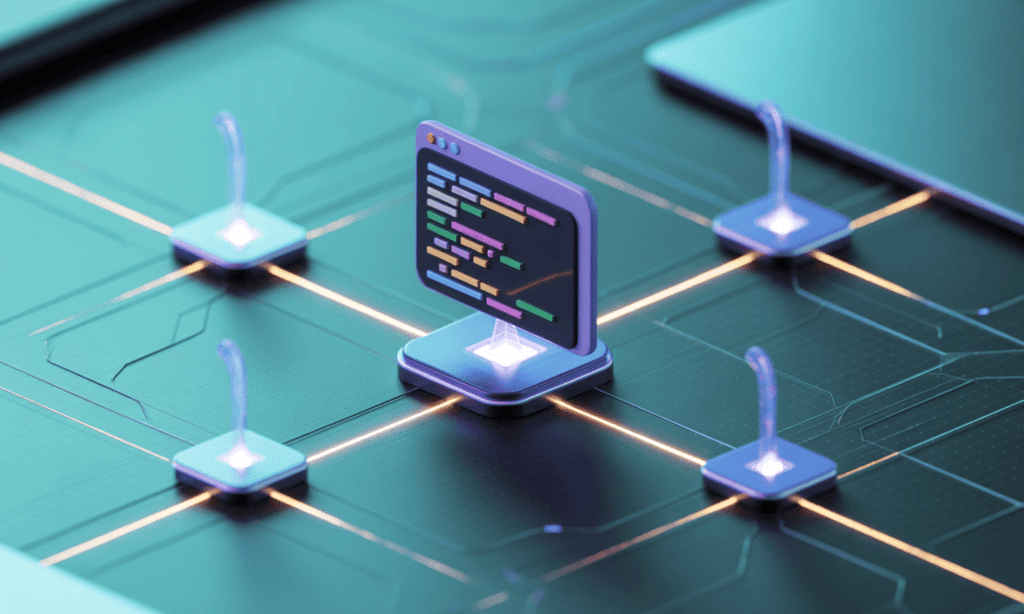Program Function and Purpose Chapter Notes | AP Computer Science Principles - Grade 9 PDF Download
| Table of contents |

|
| Introduction |

|
| Computing Innovations and Their Purposes |

|
| Programs and Code Segments... with Cake |

|
| Describing a Program |

|
| Program Events |

|
| Program Behavior |

|
| Key Terms |

|
Introduction
This document explores the core concepts behind computing innovations, focusing on their purpose, structure, and behavior. Whether you're new to programming or brushing up on fundamentals, these notes will clarify how programs work and why they matter.
Computing Innovations and Their Purposes

Every computing innovation is created with a specific goal in mind—its purpose. This purpose drives the design and development process, much like a thesis guides an essay. A clear purpose helps developers stay focused and ensures the innovation meets its intended objectives.
- Problem Solving: Many innovations address practical challenges. For instance, text messaging and video conferencing tools tackle the issue of communicating instantly across vast distances. Even simple programs, like one that adds two numbers, solve the basic problem of performing arithmetic quickly.
- Creative Expression: Some innovations are artistic in nature. Creating a video game or a program that generates visual patterns, like drawing squares on a screen, allows developers to express creativity through code.
Having a well-defined purpose strengthens a developer's ability to build an effective and impactful innovation.
Programs and Code Segments... with Cake

A program (also called software or an application) is a set of instructions that a computer executes. Think of it as a recipe for baking a cake: just as a recipe provides step-by-step directions, a program tells the computer what to do.
- Code Segments: These are smaller chunks of instructions within a program, similar to the part of a recipe that explains how to make frosting. There’s no strict rule for what defines a code segment—it could be any group of lines in a program.
- Statements: These are the individual instructions within a code segment, like a single line in a recipe that says, “Add three eggs to the bowl.”
In essence, a program is built from code segments, which are composed of individual statements working together to achieve the program’s goal.
Describing a Program
Programs can be described in two ways:
- General Function: A broad overview of what the program does. For example, “My program allows users to add two numbers.”
- Detailed Process: A deeper explanation of how the program works. For instance, “My program prompts the user to enter two numbers, calculates their sum, and displays the result.”
Programs rely on inputs, outputs, and specific behaviors to function, which we’ll explore next.
Program Inputs
Inputs are the data a program receives and processes. In our adding program example, the two numbers entered by the user are inputs.
Types of Inputs
- Auditory: Sound data, like spoken words processed by a voice recognition tool.
- Visual: Images, such as photos uploaded to an editing app.
- Tactile: Physical interactions, like typing on a keyboard or swiping on a touchscreen.
- Text: Written data, such as numbers entered into a calculator or words fed into a translation tool.
Program Outputs
Outputs are the results a program produces after processing inputs. In the adding program, the output is the sum of the two numbers.
Types of Outputs
- Auditory: Sounds, like music played when a button is pressed.
- Visual: Images, such as an edited photo displayed on a screen.
- Tactile: Physical feedback, like a game controller vibrating during gameplay.
- Text: Written results, such as translated text from a language app.
Program Events
A program event is an action that provides data for a program to process, often triggering a response. For example, pressing the left arrow key in a video game causes the character to move left—that keypress is the event.
Common events include:
- Clicking a button
- Moving a mouse
- Starting a program
- Pressing a key
- A timer reaching zero
Event-Driven Software
Many modern programs are event-driven, meaning they’re designed to respond to events. For instance, a smartphone’s software reacts to taps and swipes, and our adding program responds to events like starting the program or entering numbers.
Program Behavior

- A program’s behavior refers to how it responds to user interactions or events.
- Defining a program’s behavior is critical before coding begins, as it ties directly to the program’s purpose, inputs, and outputs.
- For example, in a simple game like Snake, the program’s behavior includes making the snake move, grow when it eats food, and end when it hits its tail.
- However, additional behaviors need consideration: Should there be a start screen? What happens if the user inputs invalid data, like letters instead of numbers in an adding program?
- Undefined behaviors can lead to issues, such as a program crashing or producing incorrect results (e.g., multiplying numbers instead of adding them).
- Fully defining behavior is challenging, especially for complex programs, but it’s a key part of the development process.
Key Terms
- Behaviors: The actions or operations a program performs in response to inputs or events.
- Code Segments: Sections of a program containing a group of instructions, which can range from one to many lines.
- Event-driven Software: Software designed to respond to user actions, system events, or other triggers.
- Outputs: The results or data a program produces, displayed or sent to external devices.
- Program: A collection of instructions that a computer executes, also known as software or an application.
- Program Event: An action, like a keypress or mouse click, that triggers a program to respond.
- Purpose of Computing Innovations: The intended goal or objective behind creating a new technology or program, addressing specific needs or enhancing processes.
FAQs on Program Function and Purpose Chapter Notes - AP Computer Science Principles - Grade 9
| 1. What is the main purpose of the Grade 9 program? |  |
| 2. What subjects are typically included in the Grade 9 curriculum? |  |
| 3. How does the Grade 9 program support student development? |  |
| 4. What are the assessment methods used in the Grade 9 program? |  |
| 5. How can parents support their child's success in the Grade 9 program? |  |



















